Pacific Sand Lance Storm the Beaches of Parksville
2021 was the best year yet for documenting Pacific Sand Lance spawning on our shores!
Sand Lance are just one of the forage fish species that travel in large schools and make up the cornerstone of marine food webs. Pacific salmon are just one of the predators of forage fish.
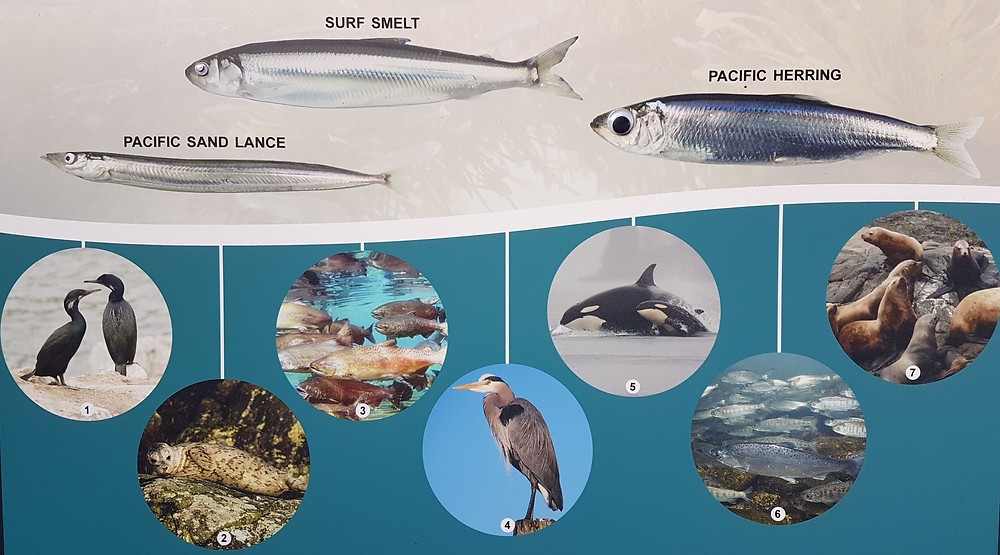
Sand Lance lay tiny eggs (1mm) on pebble and sand beaches just below the high-tide line - an area called the intertidal zone. Spawning occurs between November and February at high tide. It has been suggested the fish prefer full and new moons, when high tides are at the highest and providing maximum area for spawning. At low tide, MVIHES volunteers visit the beaches from Craig Bay to Columbia Beach to collect sand and gravel samples to see if they contain eggs. Samples are collected from plots set up in the intertidal zone of established monitoring sites. The photo below shows a plot which has been set up with measuring tapes.
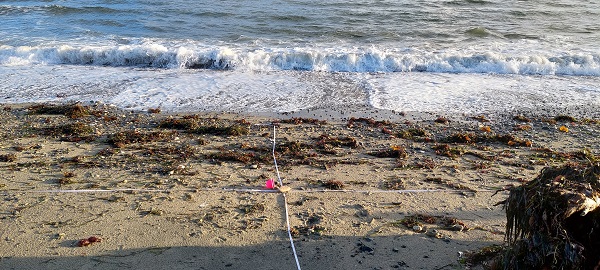
A plot is 5 m wide and runs for 30 m along the beach. Samples are seived and "vortexed" (a process similar to gold panning) to sort out the smallest and lightest grains on which eggs are typically found.
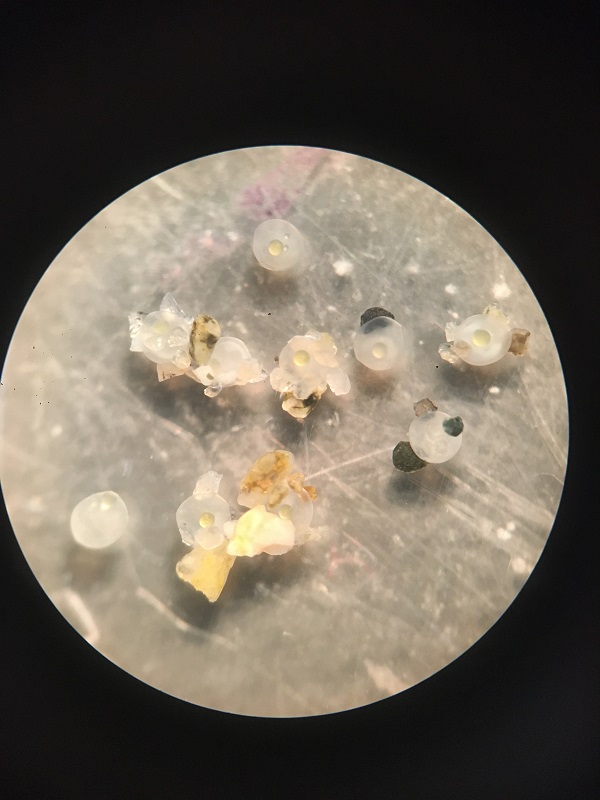
The sorted grains are placed under a microscope at Vancouver Island University (VIU) where the Forage Fish project leaders at the Mount Arrowsmith Biosphere Region Research Institute (MABRRI) check for eggs. The photo on the right is a microscopic view of Sand Lance eggs in a sample taken on December 13 from one of our beach monitoring locations in San Pareil. So far this season, eggs were found in our samples at the following locations:
Craig Bay on December 1
San Pareil on November 17, December 1, and December 13
Community Park Beach on November 29 and December 13
French Creek Marina on November 29
So why is it important that Sand Lance spawning sites be documented?
Our actions on and around these beaches, like shoreline development, can have negative impacts on forage fish spawning success so it is important to know where and when these fish spawn. Work by heavy equipment should be avoided on Sand Lance beaches between November and February. Unfortunately, this is the season when serious damage occurs to shoreline property and homes that require urgent repairs, as we have seen in the local news. A lot of the damage to property and homes can be avoided if shoreline development is conducted using ecologically sound practices. Best of all, these practices can help conserve the spawning habitat that is currently being degraded by retaining walls and other hard shoreline structures.
Green Shores is a program that is gaining popularity for making shorelines more secure against flooding and erosion and restoring shoreline ecological function for species like Pacific Sand Lance. Below is a figure from the Green Shores website that highlights the difference between standard and Green practices.
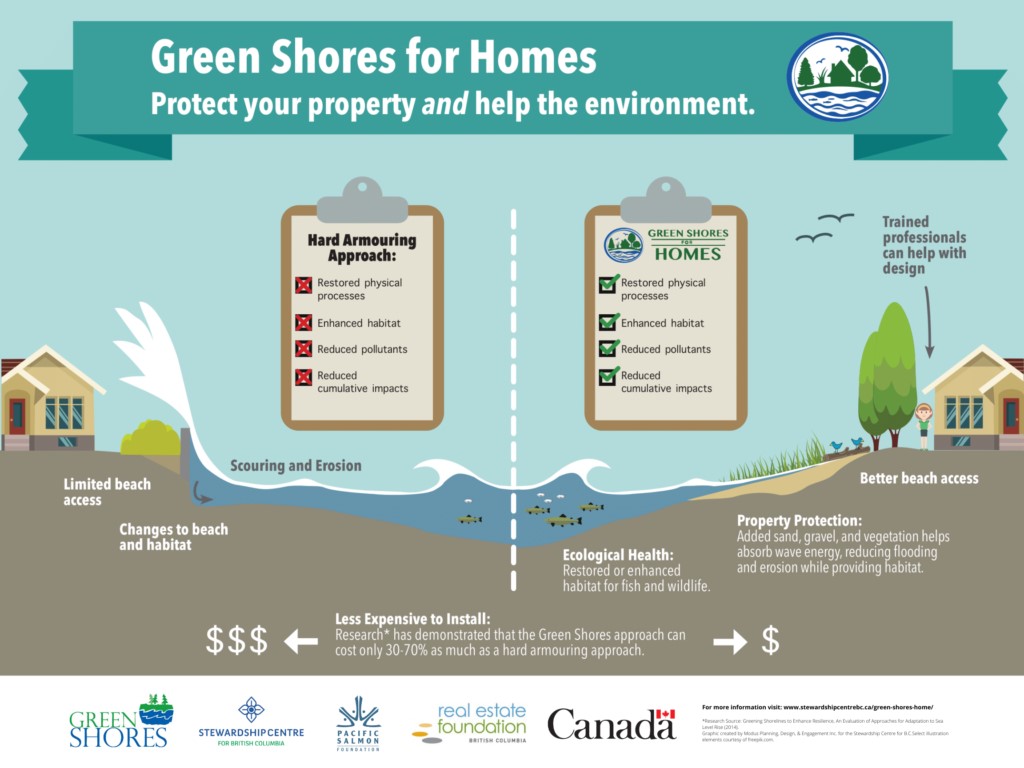
To learn more about Green Shores, check out their website at https://stewardshipcentrebc.ca/green-shores-home/
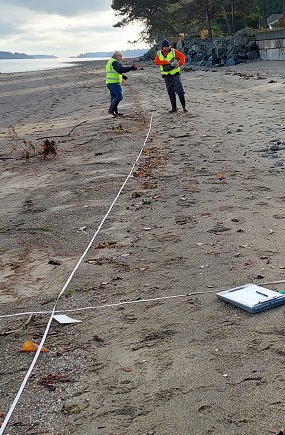
In the meantime, many thanks to our hard working Project Leader, Shelley Goertzen, and her school of volunteers who continue to monitor our beaches for spawning Pacific Sand Lance. They are: Pat Ashton, Chris Bob (Snaw-naw-as Fisheries Technician), Andrew Borelli, David Bradford, Alex Grant, Brenda Little, Don Lyster, Don McConnell, Janet and Ben McManus, and Catherine Watson.